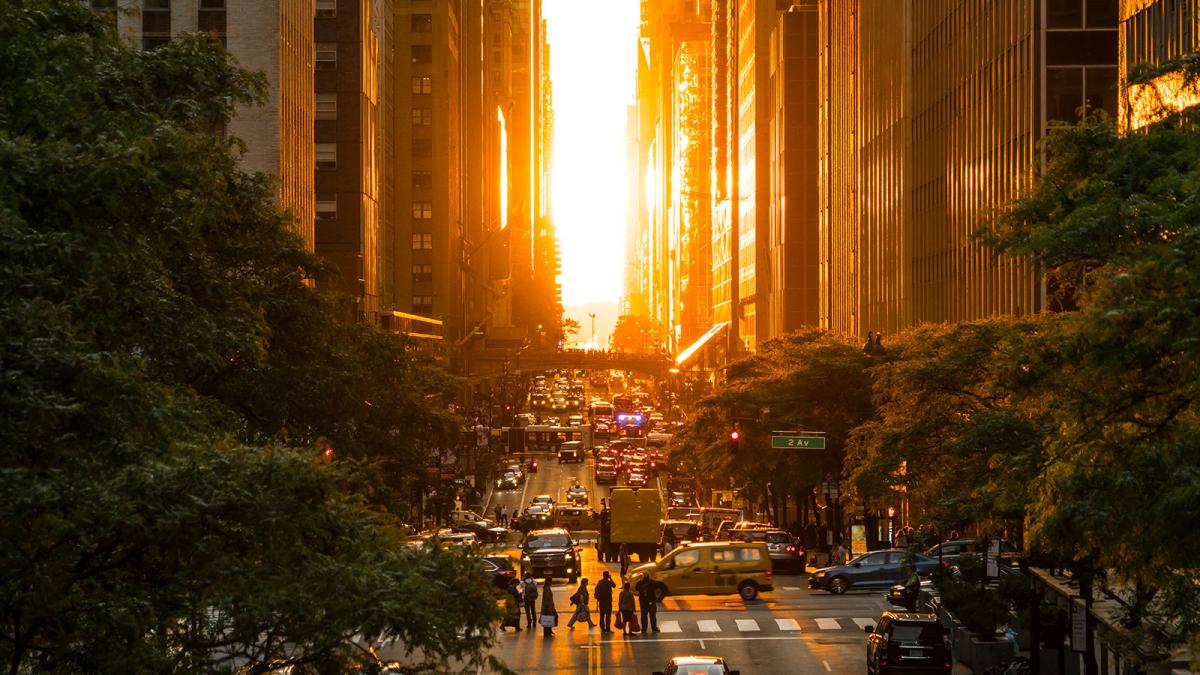In the summer of 1896, a heat wave, dense and deadly, settled over New York City. In a time before air conditioners, average indoor temperatures neared 120 degrees, forcing people out of their apartments and into the streets, or to makeshift sleeping arrangements on rooftops and fire escapes. Over the course of 10 days, the spell killed around 1,500 people.
A young Teddy Roosevelt, then the city’s police chief, was shocked at the mayor’s lack of initiative in addressing the human suffering. A progressive to the core, Roosevelt believed people’s welfare in the heat was the government’s responsibility, so he took matters into his own hands. He brought a block of ice to the Lower East Side precinct, where he shaved off chunks for the city’s poor immigrants to help them cool off. It was a simple idea with an ambitious heart that potentially saved lives.
New York has a lengthy history of debate over the city’s — and, by proxy, landlords’ — responsibility for providing residents with shelter from the elements. These clashes are in part a symptom of big-city living, but they are also symbolic of a social contract unique to New York. In 1957 — a time when heat waves were r... Read more

